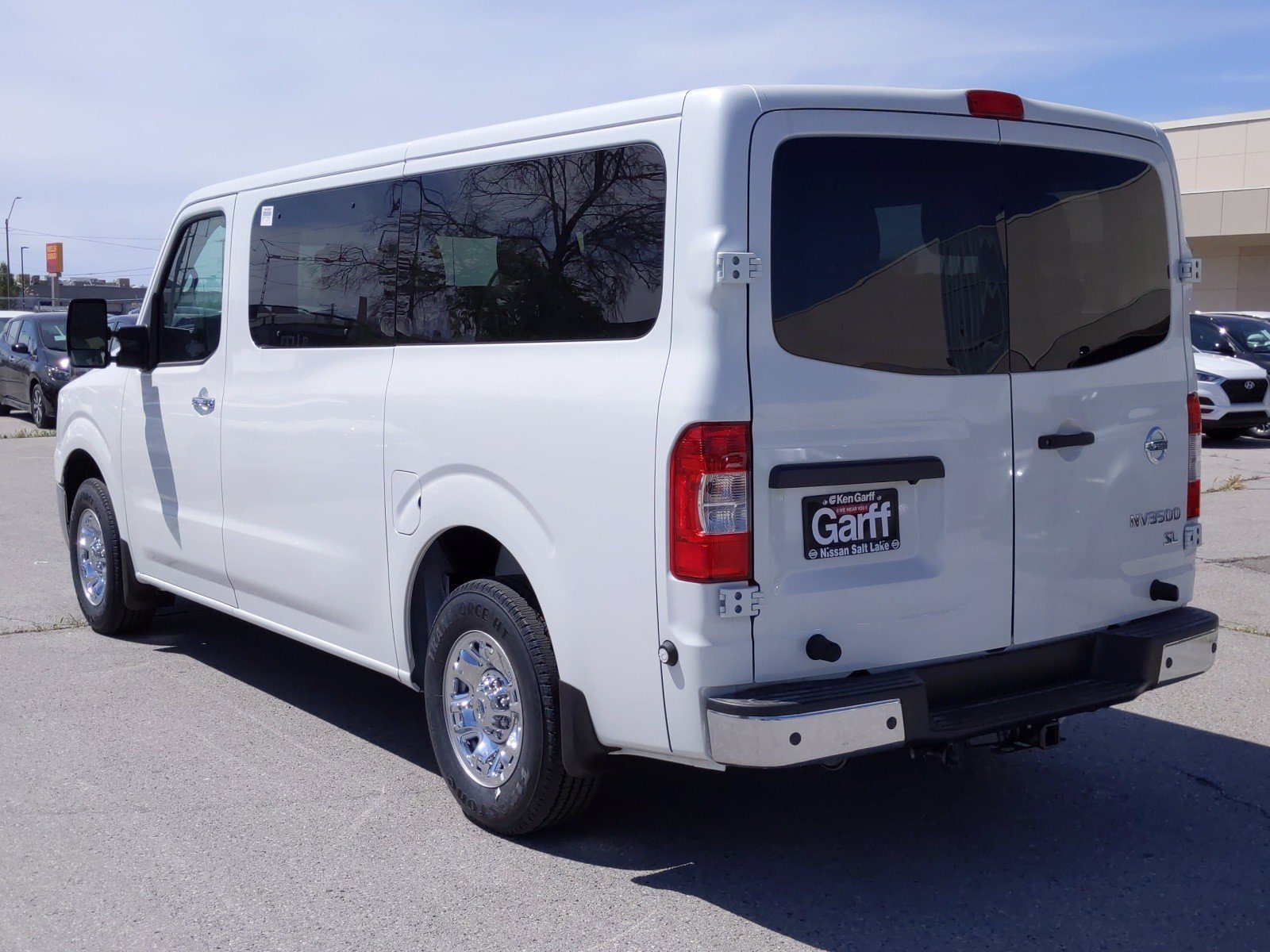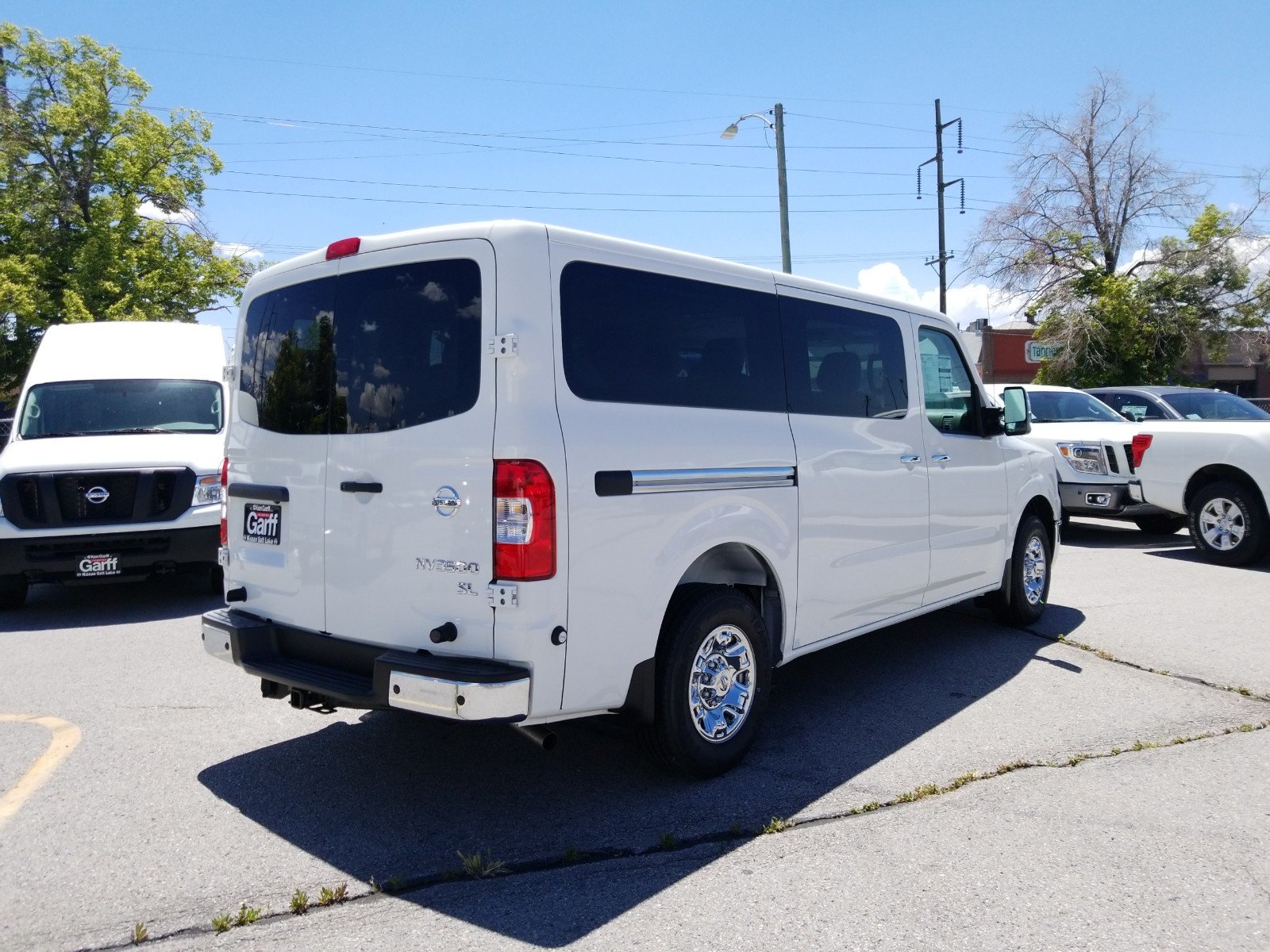

It was delivered with a 1.5- and 2.0-liter petrol engines, as well as a 2.2-liter diesel unit. The gear shifter was nearly 80 cm (2.6 ft) long, so it was somewhat clumsy to shift, but it came with five gears, unusual in Europe at that time. Also, the gear shifter was located at the floor and went all the way up to the height of the hand, and had a slight curve. It had a somewhat difficult handling, as it was heavy to steer, and was not available with power steering. It was especially popular in Europe, and was again very popular with fire departments and as ambulances in certain countries.

It was exclusive in Japan to Nissan Bluebird Store, while its twin the Nissan Homy was exclusive to Nissan Prince Store locations.
#Nissan passenger van series#
The E20 series Caravan and Urvan van and minibus were manufactured from February 1973 with seating configurations for three, five, seven, and up to 10 passengers. From 1973, the Homy was also available rebadged as the Nissan Caravan, to fit Nissan's various dealer networks. Nissan had integrated a previously built product called the Nissan Caball as a cabover truck and cargo van, but had replaced it with the Homy. The Nissan Homy received the T20 model code, and in 1972, the vehicle was reclassified as a commercial vehicle, in order to comply with the 1970 Japanese road traffic law. In 1966 as the Prince-Nissan merger began, it was initially called the Nissan Homy Prince, sharing load carrying duties with the Prince Skyway, and Prince Gloria station wagons the Prince name became a dealership network within the Nissan organization in 1970. The Prince Homy (B640) was the passenger van version of the Prince Homer light duty truck, and had a seating capacity of up to 15 people. Nissan's largest passenger van is the Nissan Civilian, introduced in 1959, and their smaller platform was the Nissan Vanette.įirst generation Nissan Prince Homy (Thailand), sold as Nissan Homer Its traditional competitor from Toyota is the HiAce. Mechanically, the Nissan Caravan and the Nissan Homy were identical. The final generation E24 was built from 1986 to 1999, and replaced by the Nissan Elgrand. The first generation series B640 which was changed to Nissan series T20 was built from 1965 to 1976, the second generation E20 was built from 1976 to 1980, and the third generation E23 was built from 1980 to 1986. The second generation Homy of 1976, was marketed as a twin to the 1973-era Nissan Caravan, sold at the Nissan Prince Store dealerships, while the Caravan was exclusive to Nissan Bluebird Store locations. It shared a chassis with the Prince Homer, a medium-duty cabover pickup truck. After the merger in August 1966, because Nissan didn't have a large passenger platform, the Prince Homy was " badge engineered" as the Caravan, and the brand name was changed from Prince to Nissan. The Homy was built and sold by the Prince Motor Company before the merger of Nissan in 1965 and the Homy was the first vehicle to be acquired by Nissan.

Prior to 1973, the Caravan's twin, the Homy, had been offered as a standalone generation from 1965 until 1976. Outside Japan, the Caravan was also sold as either the Nissan Urvan or Nissan King Van, or earlier with Datsun badging.Īll generations use a cabover approach due to Japanese Government dimension regulations that annually tax larger vehicles, and the cabover approach maximizes interior space while remaining within defined exterior dimensions. Between 19, a rebadged version of the Caravan sold as the Nissan Homy, which was introduced as an independent model in 1965. The Nissan Caravan is a light commercial van designed for use as a fleet vehicle or cargo van and manufactured by Nissan since 1973.

Front-engine, four-wheel-drive (Diesel Version only 1987–present).


 0 kommentar(er)
0 kommentar(er)
